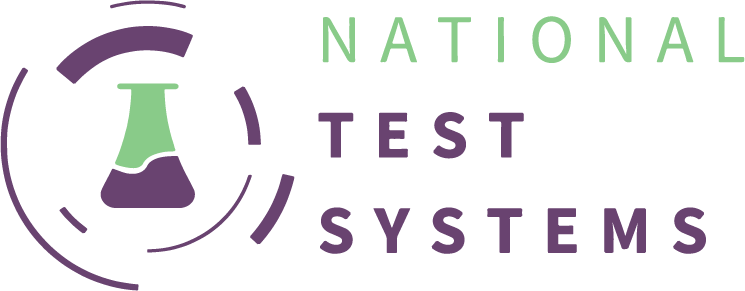
Bath Salts
Bath Salts
MDPV
What are Bath Salts?
Synthetic stimulants that are marketed as “bath salts” are often found in a number of retail products. These synthetic stimulants are chemicals. The chemicals are synthetic derivatives of cathinone, a central nervous system stimulant, which is an active chemical found naturally in the khat plant. Mephedrone and MDPV (3-4 methylene- which is an active chemical found naturally in the khat plant. Many of dioxypyrovalerone) are two of the designer cathinones most commonly found in these “bath salt” products. Many of these products are sold over the Internet, in convenience stores, and in “head shops.”
Cut-Off Levels (ng/mL)
1,000 ng/mL (Urine)
200, 1,000 ng/mL (Saliva)
Window of Detection
1 – 2 Days (Urine)
How is it Used?
“Bath salts” are usually ingested by sniffing/snorting. They can also be taken orally, smoked, or put into a solution and injected.
What are the Effects?
People who abuse these substances have reported agitation, insomnia, irritability, dizziness, depression, paranoia, delusions, suicidal thoughts, seizures, and panic attacks. Users have also reported effects including impaired perception of reality, reduced motor control, and decreased ability to think clearly.
Cathinone derivatives act as central nervous system stimulants causing rapid heart rate (which may lead to heart attacks and strokes), chest pains, nosebleeds, sweating, nausea, and vomiting. Drugs that have similar effects include: amphetamines, cocaine, Khat, LSD, and MDMA.These substances are usually marketed with the warning “not intended for human consumption.” Any time that users put uncontrolled or unregulated substances into their bodies, the effects are unknown and can be dangerous.
Common Street Names
-
Bilss
-
Blue Silk
-
Cloud Nine
-
Drone, Energy-1
-
Ivory Wave
-
Lunar Wave
-
Meow Meow
-
Ocean Burst
-
Pure Ivory
-
Purple Wave
-
Red Dove
-
Snow Leopard
-
Stardust
-
Vanilla Sky
-
White Dove
-
White Knight
-
White Lightening
What does it Look Like?
“Bath salt” stimulant products are sold in powder form in small plastic or foil packages of 200 and 500 milligrams under various brand names. Mephedrone is a fine white, off-white, or slightly yellow-colored powder. It can also be found in tablet and capsule form. MDPV is a fine white or off-white powder.
Legal Status
On Friday, October 21, 2011, DEA published a final order in the Federal Register exercising its emergency scheduling authority to control three synthetic stimulants that are used to make bath salts, including: Mephedrone, 3,4 methylenedioxypyrovalerone (MDPV) and Methylone. Except as authorized by law, this action makes possessing and selling these chemicals, or the products that contain them, illegal in the United States. This emergency action was selling these chemicals, or the products that contain them, illegal in the United States. This emergency action was necessary to prevent an imminent threat to the public safety. The temporary scheduling action will remain in effect for at least one year while the DEA and the United States Department of Health and Human Services (DHHS) further study whether these chemicals should be permanently controlled. As a result of this order, these synthetic stimulants are designated as Schedule I substances under the Controlled Substances Act.
Testing Options
- Integrated Urine Cup Test
- Urine Dip Card Test

Contact us
Call Us
1-866-989-9300
Email Us
info@ntsbiz.com
Our Location
550 NW 77th Street
Boca Raton, FL 33487
